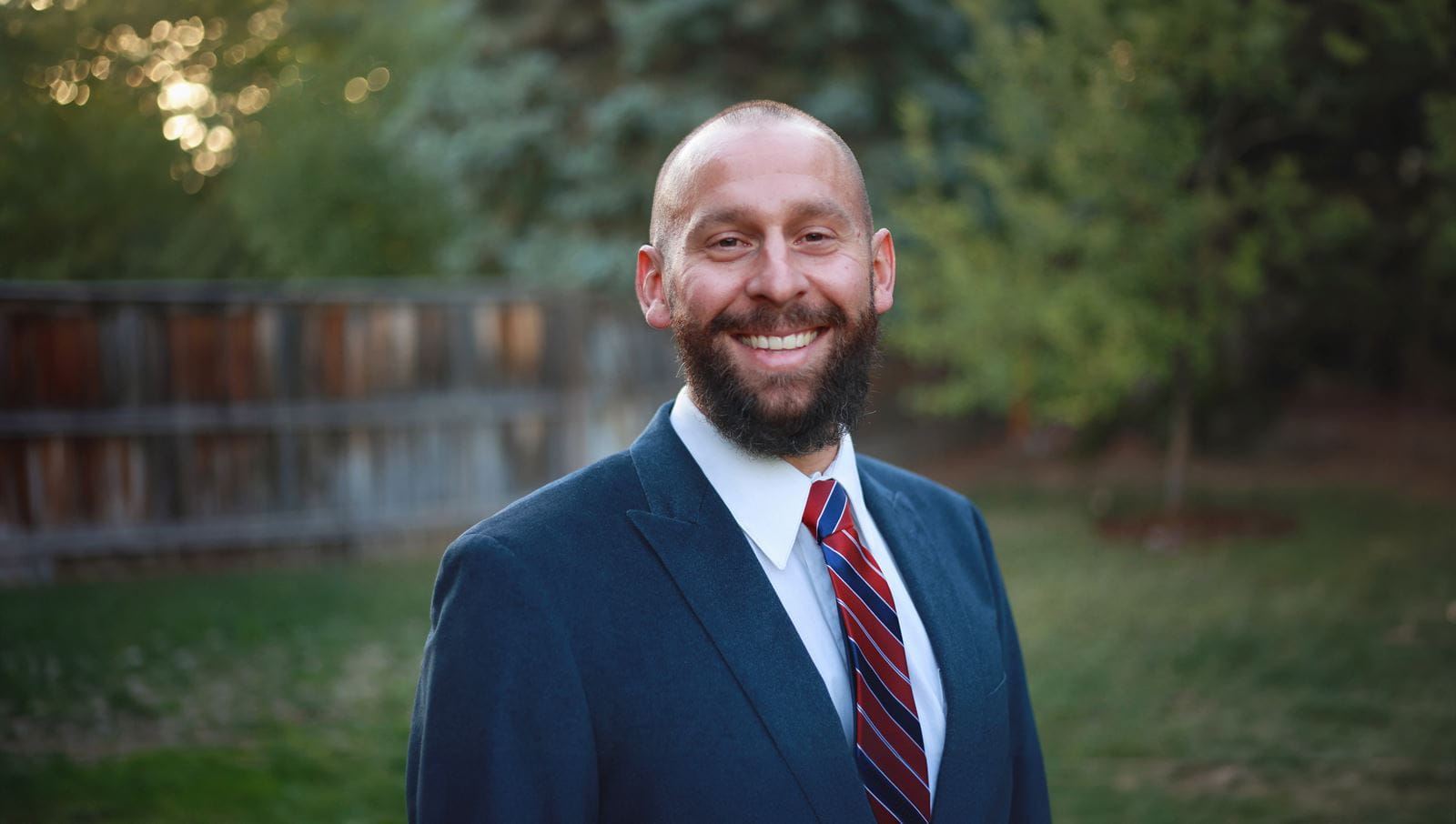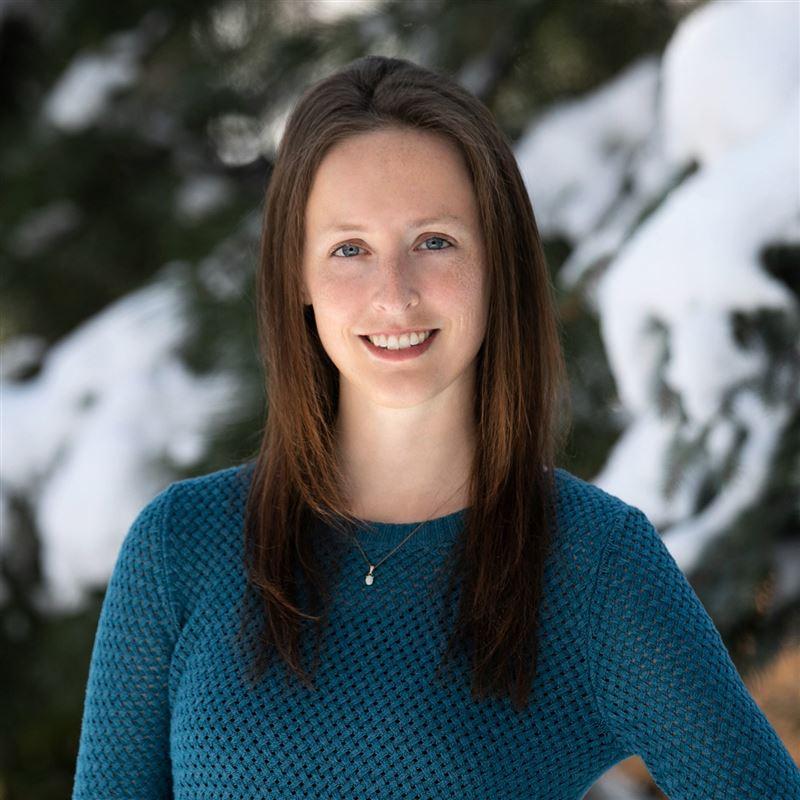WEF Podcast: PFAS in Biosolids
Travis: I’m really excited to get your perspective on PFAS, one of the hottest topics, and also on biosolids, another hot topic, as well and the intersection of the two.
Before we dive into the technical side of things, what is something you remind your colleagues and the public to keep in mind about PFAS?
Jane: I think it’s really important for the public to understand that PFAS is ubiquitous in the environment. You can find it in the dust in your household, it’s in the carpeting, it’s in the fabrics on your chairs and couches. It’s in waterproof jackets, in non-stick pans, in your dental floss, it’s in all the fast food packaging. You’re in contact with these compounds every day.”
Wastewater treatment plants, wastewater recovery facilities, we’re receivers of these compounds, we’re not generators.
Travis: We really, as a sector, as companies, as utilities really need to be talking about that to the public a lot more when they ask about a PFAS situation. It’s such a critical point, that if this problem is going to be dealt with in some way we have to go after it at the source, and that’s the consumer products, the household goods, industrial discharges, big time contaminated sites.
So much work underway to treat PFAS. What are some proposed solutions or ways to treat PFAS?
Jane: Source control is certainly the first step. The treatment that we’ve seen today has primarily been on the drinking water side. We haven’t really seen treatment on the wastewater side yet, but it’s coming. We’ve seen states like Massachusetts, Colorado, Michigan, California, starting to put PFAS monitoring requirements for influent/effluent and biosolids in their permits.
As utilities, we need to understand where the PFAS is coming from in your system and go out and perhaps test the industries that are in your industrial pretreatment program to see if they have or are contributing PFAS to you. Some utilities are doing this to great success.
We need to understand if it is in your plant, what do you do? You need to test your leachate, your septage, as well.
We like to focus on Separate, concentrate and destroy as our mantra for PFAS. So if you can find the source and separate and concentrate and destroy it there, it’s much more economical than waiting for it to come to your plant.
If it is in your plant, we’ve done some interesting work with our WRF project 5031 that is looking at the occurrence of and fate and transport of PFAS through wastewater treatment plants. One of the things we’re looking at there is the mass balance of fluorine across the plant. One of our theories is that potentially this PFAS is concentrating in the scum at a wastewater treatment plant. Because of its hydrophobic/hydrophilic nature, it tends to be more of a surfactant. In your aeration basins you could actually be separating the PFAS into that scum layer. So, if you manage that scum layer a little differently and not put it in your biosolids for ultimate disposal, perhaps that’s where we can concentrate and destroy a smaller volume than managing it in your biosolids.
Travis: What are those three words again, your approach?
Jane: The mantra was separate, concentrate, destroy.
Travis: What do we know about PFAS and biosolids?
Jane: What we’ve found in our testing to date through not only WRF 5031 work but also through work that CASA has done in California collecting samples. Again, PFAS is ubiquitous in biosolids. Anywhere we test for it, we typically find it.
But the issue is what happens to those compounds in the biosolids, especially if they’re land applied. In our WRF 5042 project, we looked into this with a bench scale study of seven biosolids that are land applied in mezzo columns that we built and let the natural rainfall permeate through these mezzo columns. We collected the leachate and tested that and what we did find was that PFAS was traveling through the columns and coming out in the leachate. The question is, at those low concentrations, is it harmful to the environment, can it be detected in the groundwater, can it be uptaken by the plants. We don’t know those answers yet. We did see there was some transformation of precursors in the biosolids to PFAS so that was an interesting outcome of that study.
Our outlets for biosolids are really shrinking...If land application is also banned, I don’t know where our biosolids will go.
Travis: I want to hear your take on the policy responses to PFAS and biosolids. It’s happening at the state level in a lot of ways, a mixed bag as you would expect. A lot of people might be familiar with what is happening in Maine, and they’re decision to stop land application of biosolids. What’s the impact of that type of decision?
Jane: The impact is huge. I’m based in Massachusetts so these Maine regulations directly impact a lot of utilities in the New England area. I think what is important about this legislation is that you’re banning the use of biosolids that contain PFAS in land application, unless it can be shown that the biosolids are PFAS free.
My question is, what does PFAS-free really mean? First of all there is not a standard method yet approved for sampling for PFAS in biosolids. And second of all, are we talking zero parts per trillion? What’s the detection limit?
Our outlets for biosolids are really shrinking. The landfills are at capacity, the incinerators are being shut down. If land application is also banned, I don’t know where our biosolids will go.
Travis: It’s definitely a problem. What does the science tell us about PFAS, about biosolids, about managing, treating, etc. What are some of the key gaps in research that we need to fill?
Jane: The study of PFAS is an evolving science, we don’t even know how many compounds fall under the PFAS umbrella.
Right now, in terms of gaps, it’s the destruction technologies. We need to get these compounds out of the environment. The processes right now are very energy intensive. Finding a destruction technology that is not so energy intensive would be key.
The second is the fate and transport of PFAS in the land application of biosolids. Looking at fields that have had land applied biosolids for a number of years and testing the groundwater, understanding the precursor transformation, understanding the leachability because it depends on the soil types, even. And also understanding the plant uptake, is it being taken up by the plants and then being consumed.
Listen to the full podcast episode here.

As utilities, we need to understand where the PFAS is coming from in your system and go out and perhaps test the industries that are in your industrial pretreatment program.







